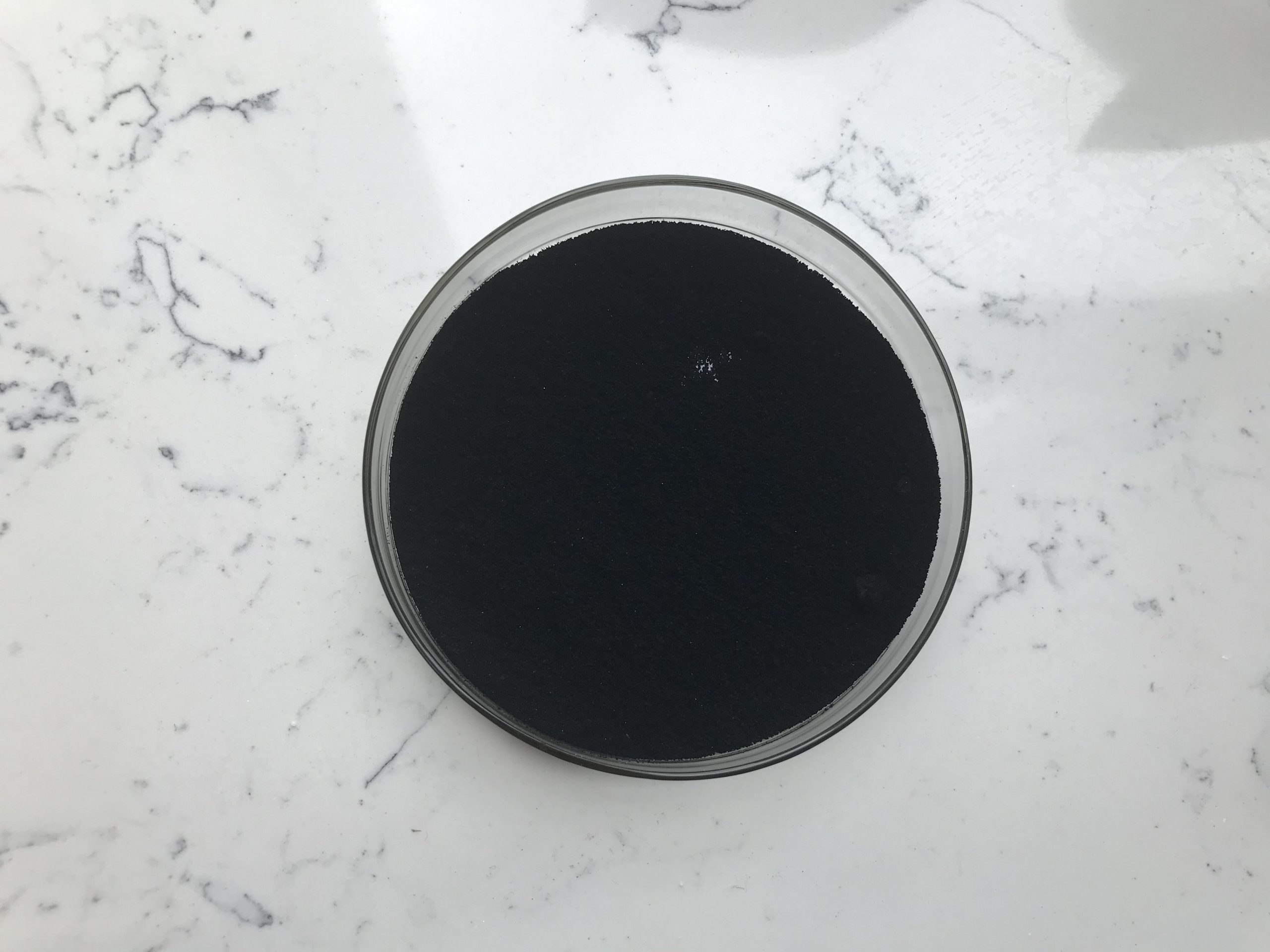Fullerene C60, also known as buckminsterfullerene or buckyball, is a unique molecule composed of 60 carbon atoms arranged in a spherical shape resembling a soccer ball. Its discovery in 1985 by Richard Smalley, Robert Curl, and Harold Kroto led to the Nobel Prize in Chemistry in 1996. Fullerene C60 has garnered significant attention due to its remarkable properties and potential applications across various fields. Some of the far-reaching benefits of Fullerene C60 include:

Material Science and Nanotechnology: Fullerene C60’s unique structure and properties have led to its incorporation into various materials, enhancing their characteristics. It can serve as a building block for advanced nanomaterials and nanocomposites, leading to improved mechanical, electrical, and thermal properties.
Electronics: Fullerene C60 has been explored for its potential use in organic electronics and photovoltaic devices. It can be used as an electron acceptor in organic solar cells, helping to increase the efficiency of energy conversion.
Medical Applications: Fullerene C60 exhibits strong antioxidant properties due to its ability to scavenge reactive oxygen species (ROS). This has led to research into its potential use in medical treatments, such as its application as an antioxidant supplement or in therapies targeting oxidative stress-related conditions.
Drug Delivery: The unique structure of Fullerene C60 allows it to encapsulate other molecules within its cage-like structure. This property has prompted investigations into its use as a carrier for drug delivery, potentially improving the solubility and stability of certain drugs.
Catalysis: Fullerene C60 has been explored for its catalytic properties in various chemical reactions. Its high surface area and unique electronic structure make it a potential catalyst for reactions like hydrogenation and oxidation.
Environmental Applications: Fullerene C60 has been investigated for its ability to adsorb and remove pollutants from water and air. Its large surface area and adsorption capabilities make it a candidate for environmental remediation technologies.
Biological Studies: Research into the interactions between Fullerene C60 and biological systems has provided insights into its potential toxicity and effects on living organisms. Understanding its biological behavior can inform its safe use in various applications.
Photonic Devices: Fullerene C60 is optical properties have led to its use in photonic devices, such as optical limiters that protect sensors and human eyes from intense light or laser beams.
Superconductors: Doped Fullerene C60 compounds, known as fullerides, have shown superconducting properties at relatively high temperatures. This discovery has implications for the development of more efficient superconducting materials.
Hydrogen Storage: Fullerene C60 has been explored for its potential to store hydrogen, a clean and efficient fuel source. Its cage-like structure could theoretically trap hydrogen molecules, making it a candidate for hydrogen storage in fuel cells.
While the potential applications of Fullerene C60 are exciting, it’s important to note that there are also challenges and concerns associated with its use. Its toxicity and environmental impact, for example, have raised questions about its widespread adoption. Further research is needed to fully understand and harness its benefits while mitigating any potential risks.
